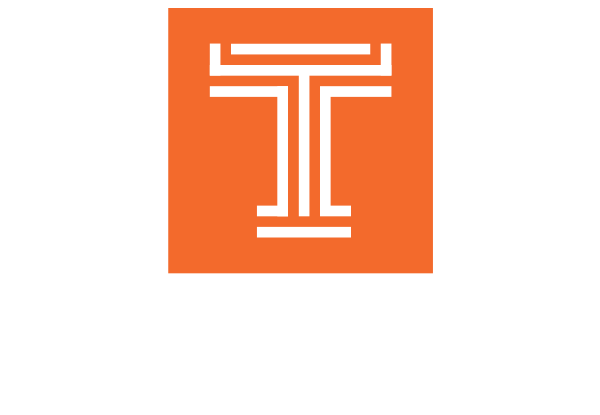Stretching!... some people hate it & some love it. For those in pain stretching often feels good, however for some stretching doesn’t ease their pain. This often turns into trying to find that perfect stretch that will ease their pain or tightness as it once did. As a physiotherapist I see this type of thing often, and get asked, “What stretches will help me, because the ones I am doing don’t get to my tightness?”
There are a few things to understand to be able to answer this question:
1) What is the sensation of tightness?
2) What does stretching do?
3) Is stretching actually what you need?
What is the sensation of tightness?
There is a separate blog post on pain (read it here) so I will focus on tightness. What causes the perception of tightness is not well known, but in popular culture it is often thought of as “short” muscles. While this “short muscle” theory is a possibility, it is rare and only after some form of prolonged immobilization like a cast or prolonged bed rest, and in such cases one session of stretching does not show changes. So what most of us are likely feeling is an increase in muscle tone, or possibly a muscle who shouts “I AM STRETCHED TOO FAR” when it still has a lot more room to lengthen. As an analogy, imagine your car’s low fuel light would come on when you actually have half a tank left, there is still a lot further you can drive, but you would likely be nervous to go much further.
Why would this happen?... Well, our muscles have length receptors that actually can adjust the point at which they shout “STRETCH!” This point is set by your nervous system and some properties of your muscles (basically if you are warmed up this takes care of the muscle stuff). Additionally, your muscle tone (which is like the idle of your car) is controlled by your nervous system, and sometimes this idle runs high. SO, the take away point is - we have both muscle length sensors and muscle tone that can change based on our nervous system control. The most important point here is that it is changeable!
What does stretching do?
Again there is a subtle difference between popular belief about stretching (“my muscle gets longer when I stretch”) and what actually happens, but usually the end result is you can go further before feeling stretch. When we stretch muscle length receptors get set to a new point and we can go further without the muscle shouting “STRETCH” (like the low fuel light has been set back to the point where your tank is actually close to empty). Interestingly we see that you don’t have to stretch for this to happen. You can foam roll your muscles, exercise the opposite muscle, “floss” your nerves or mobilize your low back (talk to your physiotherapist about how to do these things) and you will see improved motion in the muscles of your legs. In fact, a recent study (reference here) showed that if you foam role one calf the motion of both ankles improves!?! This all suggests that these things help reset your nervous system control on your stretch point, and allows greater motion.
However, There are those that stretch and stretch and STRETCH, and never have the sensation that they can go further. What might be going on for them? If this is you, PLEASE read the next section!
Is stretching actually what you need?
There are those people that continue to stretch in the hopes of relieving their tightness without success, but all they can think of is to stretch due to the relentless tightness! So is there another way? Yes (otherwise this would be a very short blog)! Often people in this situation are very flexible despite feeling tight, or have a large difference in how far someone can move their body (i.e. an assisted stretch/passive range of motion) and how far they can actively move through range of motion (for example actively raising your leg, with its own muscles, into a hamstring stretch). Both of these things suggest that actually focusing on conditioning the muscles around the joint you want to move will help… but what does that mean? Here are a few examples:
“Tight” hip flexors eased with glute endurance training
Hamstring “length” improved with trunk muscle training
Thanks to Erson Religioso & JessePhysio1 for the videos.
So what is going on here? The way I explain this to patients, is that your muscles are likely not working together as a team. This leads to that “tight” muscle “telling” you that it needs some help. Just like pain, this tightness is a messenger and not the problem itself, and stretching it to death is not the thing it is asking for. When the other muscles around the joint are better conditioned & coordinated through exercise to work as part of the team that “tight” muscle will not feel tight any more, without ever having to stretch! The best news here is that after conditioning the body has a reason not to send the “tightness” signal anymore. If it does, you will now know what that "tightness" actually means for you.
I would also go so far as to say that no matter whether or not stretching works for you, if you can train the muscles around the joint of the tight muscle, then your body has a reason to stop sending the “tightness” signal. So, in either case don’t just stretch it out… condition it up, and you will feel and perform better!
For help with understanding this idea or which exercises will be most effective for you, book an appointment today, or talk to your physiotherapist.

